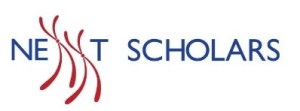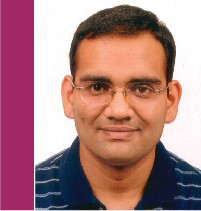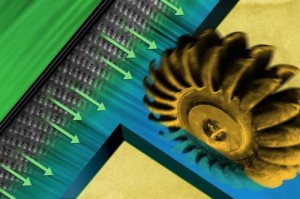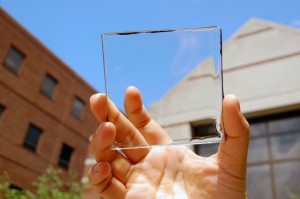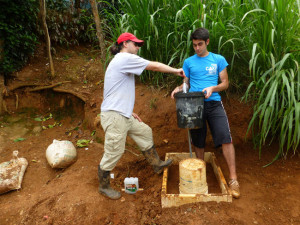
Harvard students test the flow rate from one of the newly installed tap stands.
Credit: Christopher Lombardo
A group of students from Harvard have been working to help restore clean water to the rural town of Pinalito in the Dominican Republic. Now, for the first time in a long time, the water in Pinalito is clean again.
This from Harvard Gazette:
For the past 2½ years, students in the Harvard University chapter of Engineers Without Borders have been rehabilitating and improving a potable water system in the rural town in the Dominican Republic. After the most recent visit, the students returned to campus in late August having successfully worked with the community to upgrade the water quality and distribution system.
The residents now have clean water – something that wasn’t available prior due to the failed well built by a government contractor. The well installed by the Harvard students can produce 27 gallons a minute, according to Christopher Lombardo – assistant director for undergraduate studies in engineering sciences at the Harvard School of Engineering and Applied Sciences (SEAS).
During their time in Pinalito, the students made sure to integrate the community into the design and building of the well in order to combat skepticism and foster relationships.
Not only does this experience provide the rural town with clean water, but it also shows the students that there are many other perspective they’ll need to consider when they go further in the field of engineering, and they won’t always have access to a state-of-the-art lab.
At ECS, we’re also joining the fight to provide clean water though innovation and research to those in need. We are in Cancun right now working with the Bill & Melinda Gates Foundation to find and fund new research to combat some of the world’s most serious water and sanitation issues.
Stay connected with us to see the grant winners and their solutions to bridge the critical technology gaps in water, sanitation, and hygiene challenges being faced around the world.


